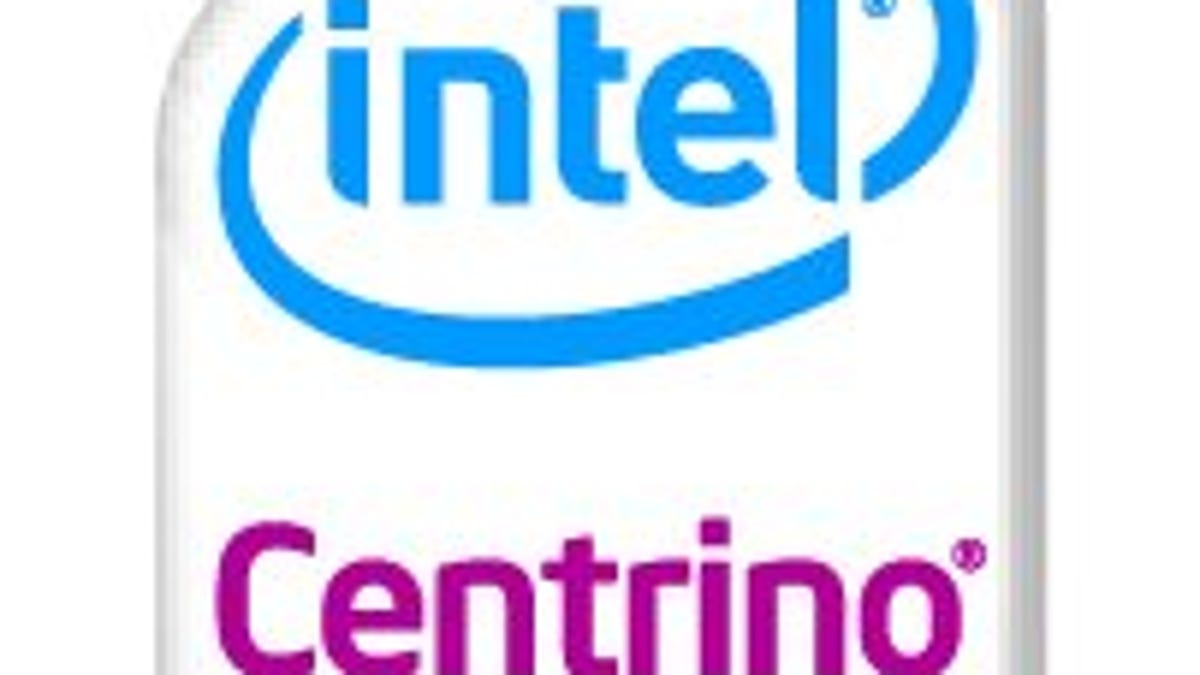Centrino Duo (aka Santa Rosa) explained
What the new Intel Centrino platform enhancments mean for you.

Today's platform announcement from Intel may have left you scratching your head, and rightly so. After all, the company is replacing its Centrino Duo platform with a whole new platform called...Centrino Duo. And then there's Centrino Pro. Both of which, up until this morning, were called Santa Rosa (and will probably still be referred to by that moniker for the next few months). Confused yet?
Fortunately, we've had some time to wade through the marketing buzz and technical specs to figure out the whole story. Boiled down, it's this: the new Centrino Duo platform includes a handful of new Core 2 Duo processors; a new chipset with a faster front-side bus and an optional dedicated memory cache; a new graphics solution with a larger allocation of memory; and a new wireless card with support for Draft-N wireless.
Centrino Pro, meanwhile, has all those new features, plus additional remote management technologies designed for businesses. Essentially a mobile version of the vProtechnology found on desktops, the Centrino Pro enhancements let IT managers upload configuration changes to a PC over a network. Centrino Pro also allows for asset management and remote diagnostics independent of the laptop's operating system, meaning the machine doesn't have to be on for IT workers to access it.
As with every iteration of notebook technology, all this is supposed to add up to better performance and longer battery life (which, thus far, it more or less has--see our first few reviews of Santa Rosa systems). While the changes aren't revolutionary, we do think they're worth seeking out if you're already in the market for a new laptop. After the page break you'll find our rundown of all the new Centrino features and what they mean to you.
New processors. The processors are a small part of this platform launch, built as they are on the same architecture as the previous generation. But they all now support the new 800MHz bus (see below), and Intel has upped the maximum available clock speed to 2.4GHz. Also, given that Intel is using the same name for this platform as the previous version, the processor number is going to be the easiest way to determine whether the laptop you're buying has the new or the old Centrino Duo. The new processors and pricing are as follows:
- Intel Core 2 Duo T7700 (2.4GHz): $530
- Intel Core 2 Duo T7500 (2.2GHz): $316
- Intel Core 2 Duo T7300 (2.0GHz): $241
- Intel Core 2 Duo T7100 (1.8GHz): $209
- Intel Core 2 Duo L7500 (1.6GHz): $316
- Intel Core 2 Duo L7300 (1.4GHz): $284
Faster overall performance--eventually. The new chipset increases the frequency of the front-side bus to 800MHz, which should theoretically help all the components of the system communicate more quickly. But in order to realize the full potential of the FSB, every component has to be rated at the higher speed--and 800MHz RAM won't hit the market until later this year. Nevertheless, if our first few Centrino Duo systems are any indication, you can expect to see modest gains in performance over the previous generation even with existing 667MHz memory.
Better--and hungrier--integrated graphics. The new Intel GMA X3100 integrated graphics now offer DirectX 10 support and have a higher allocation of VRAM--up to 384MB. That bump will help Vista's graphical interface run more smoothly but also means that more of your system RAM can be gobbled up by graphics. You'll likely want to stack your laptop with more than the standard 1GB of RAM just to keep the whole system running smoothly.
Longer battery life. The new chipset includes a number of features designed to lower power usage and extend battery life. Dynamic front-side bus switching lets the system drop into a "low-frequency mode" to conserve energy, while an Enhanced Deep Sleep mode is designed to use less power when the system is idle. Our initial tests of laptops built on the new platform have shown modest gains in battery life over previous-generation Intel systems.
Theoretically faster boot and load times. The new Intel Turbo Memory (codenamed Robson), available as an option on Centrino Duo and Centrino Pro systems, is flash memory that's incorporated into the motherboard. The Turbo Memory stores a cache of commonly accessed information, such as the operating system and software, so you can boot the computer or launch applications without spinning the hard drive. While our initial anecdotal tests revealed no difference in start times, Intel claims the Turbo Memory can shorten boot times by as much as 20 percent.
Faster wireless. Many people (cough) thought Santa Rosa would include support for 3G and WiMax connections. But the only enhancements to wireless on the new Centrino Duo and Centrino Pro notebooks is support for 802.11n networking. Of course, taking advantage of the faster speeds and better range of 802.11n will require you to purchase a Draft N router--a tricky proposition, considering the official 802.11n spec has yet to be finalized.
Overall, we'd say none of the above technologies is revolutionary, but each has the potential to bring incremental gains in performance and battery life--a step in the right direction, especially considering Vista's reputation as a resource hog. Again, we wouldn't recommend rushing out immediately to buy a Centrino Duo system, but if you're in the market for a new laptop, the new platform will give you a modest boost now while letting you adopt faster memory and wireless speeds as they become widely available.